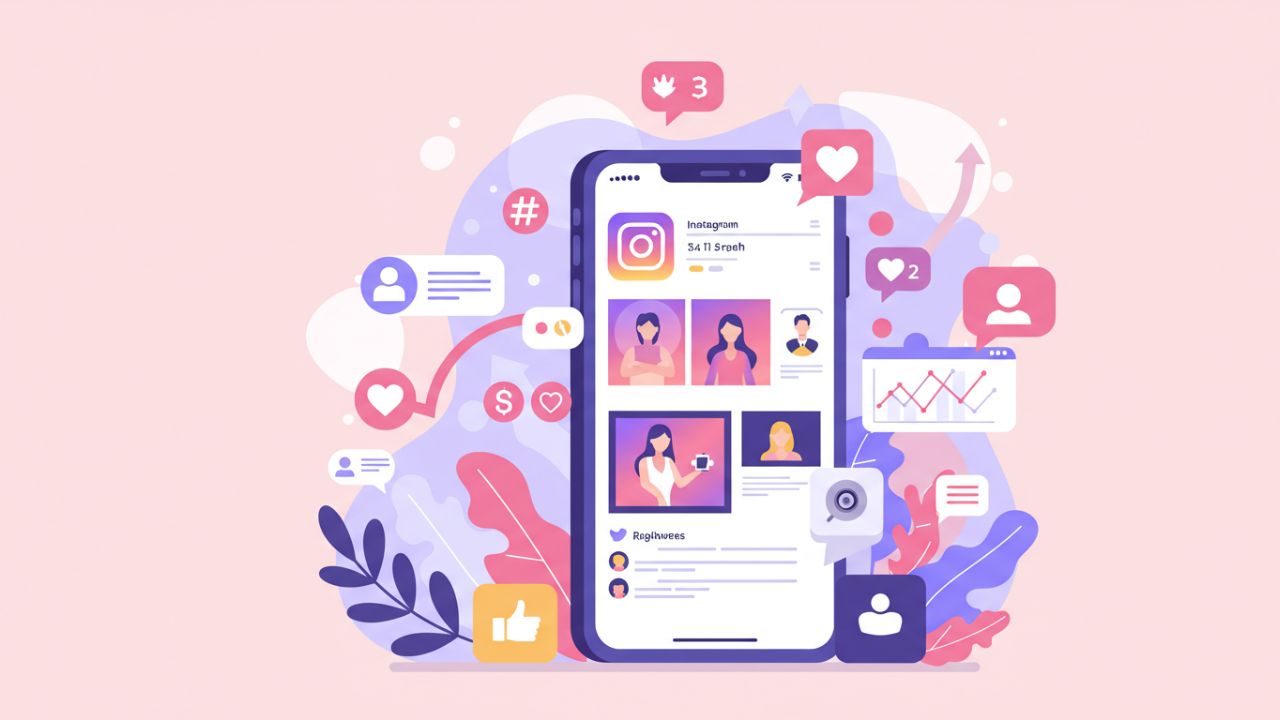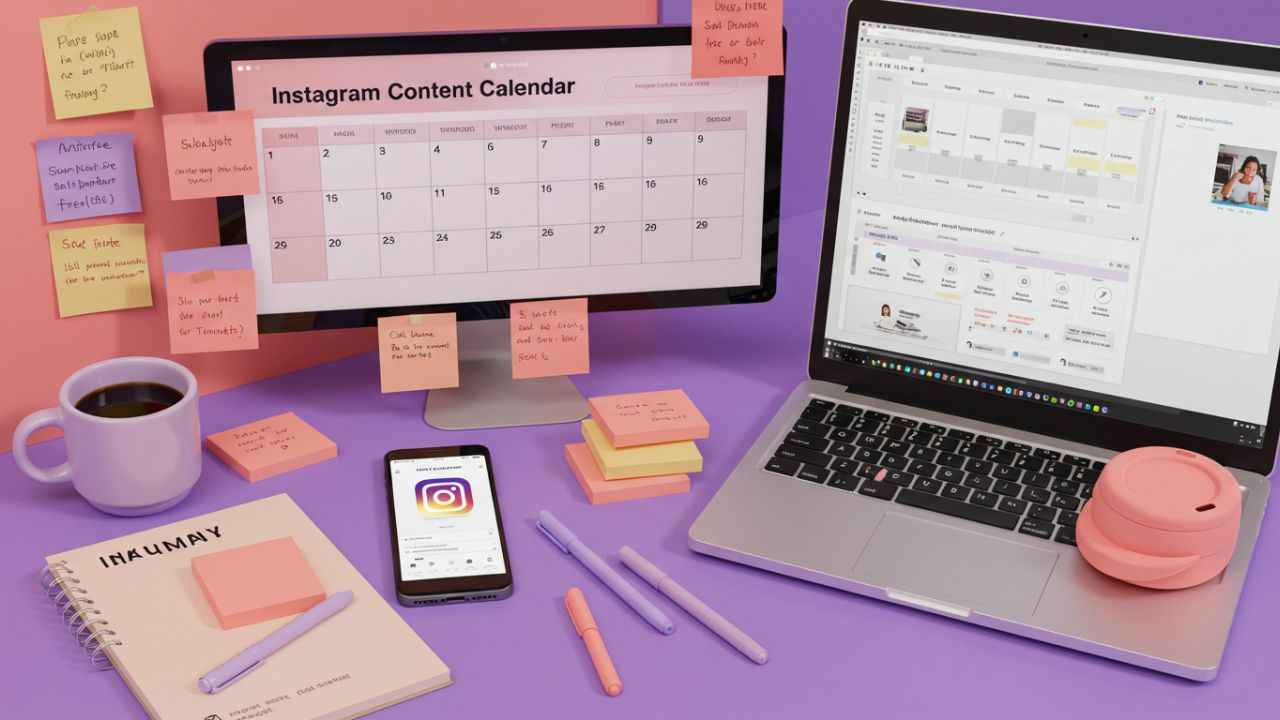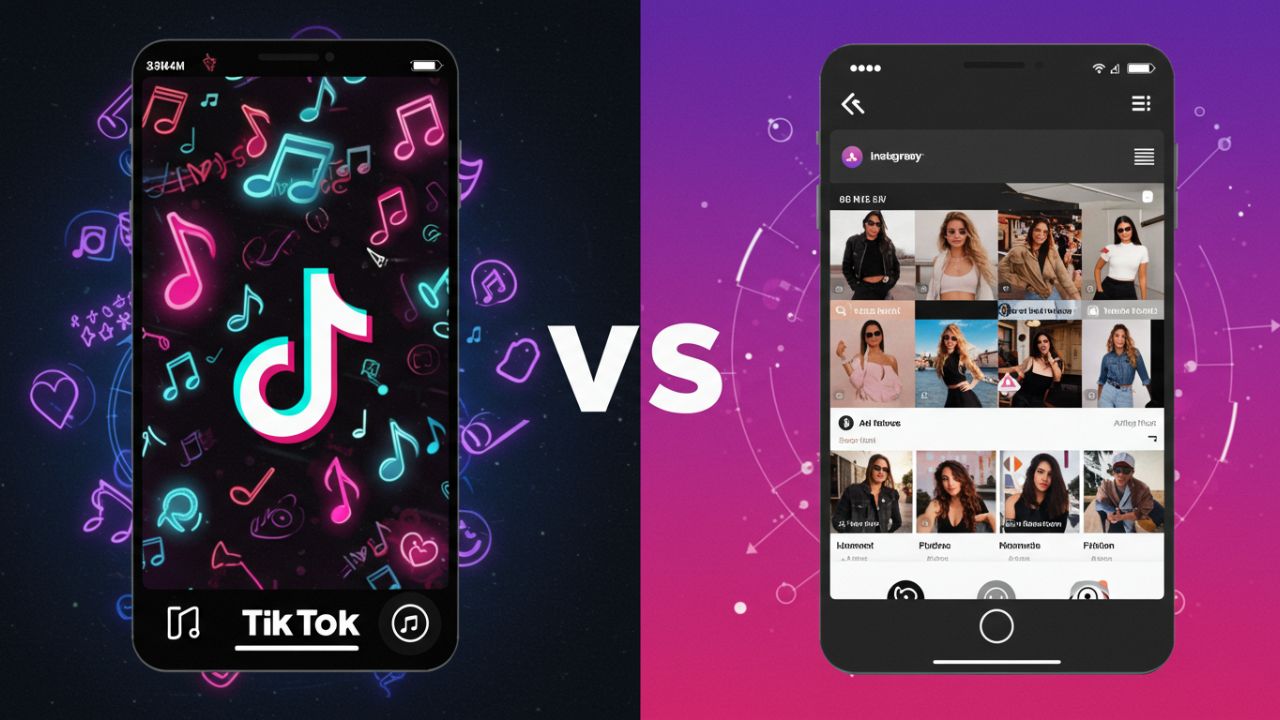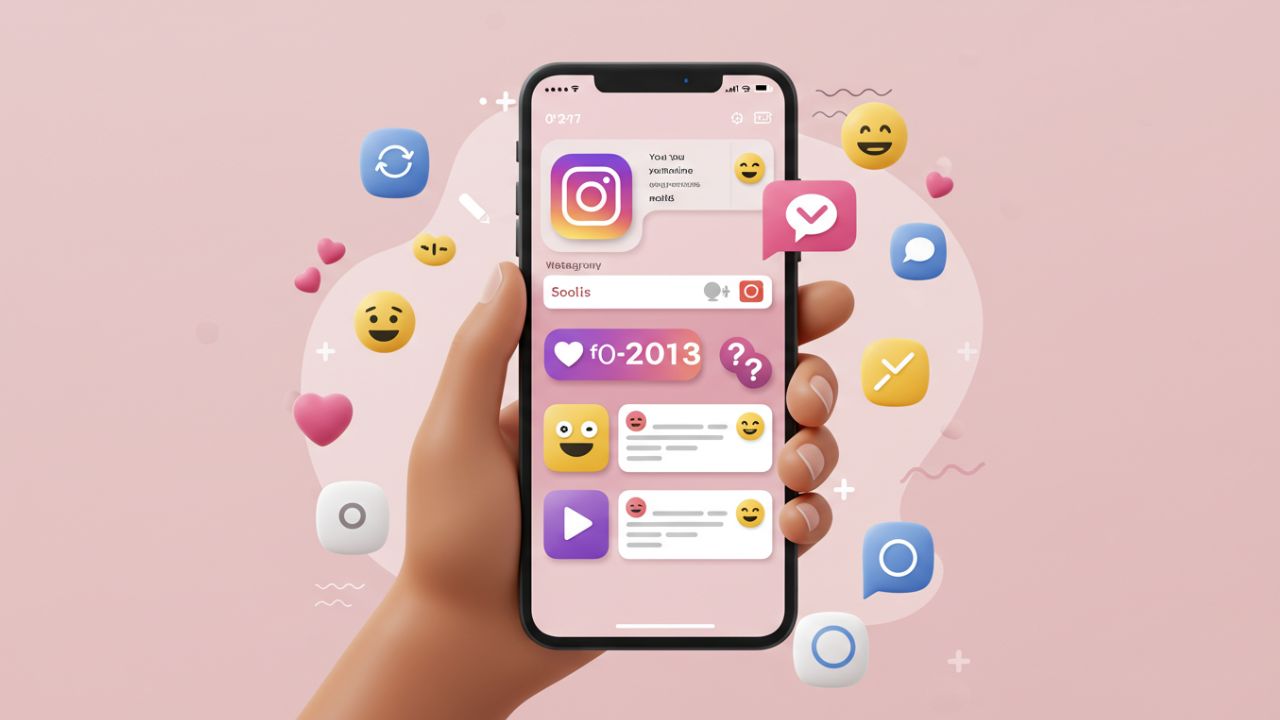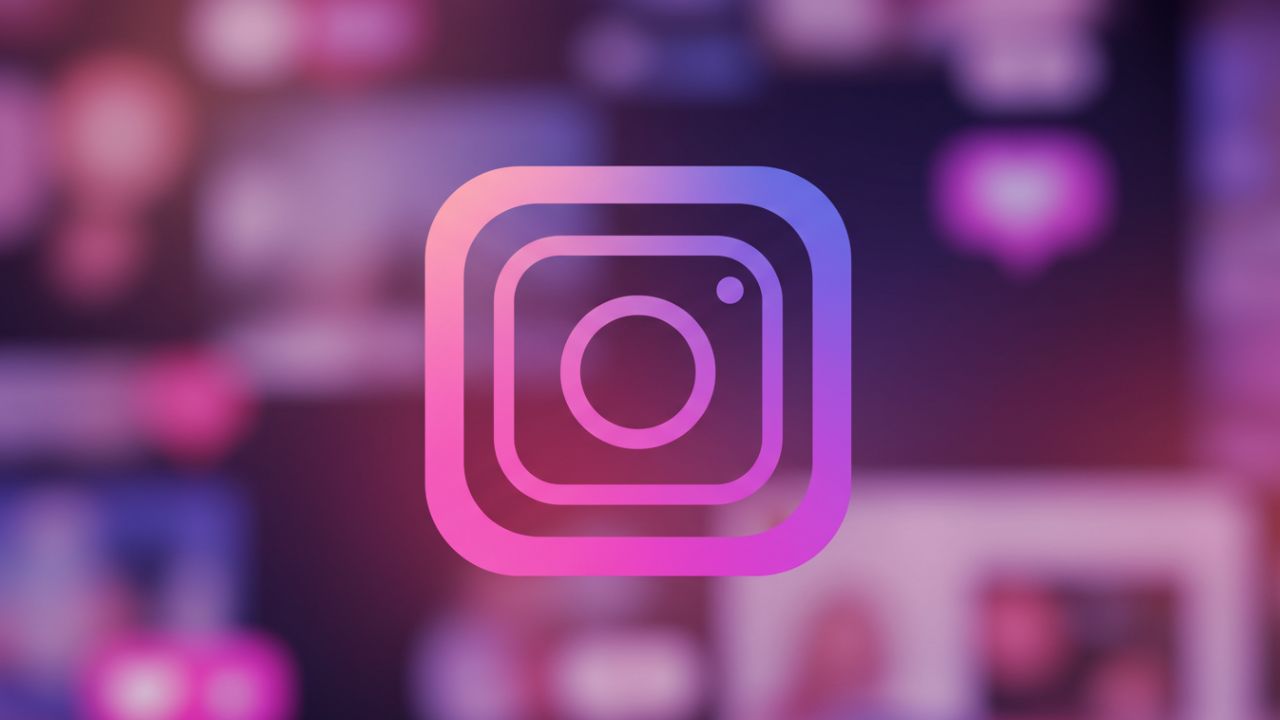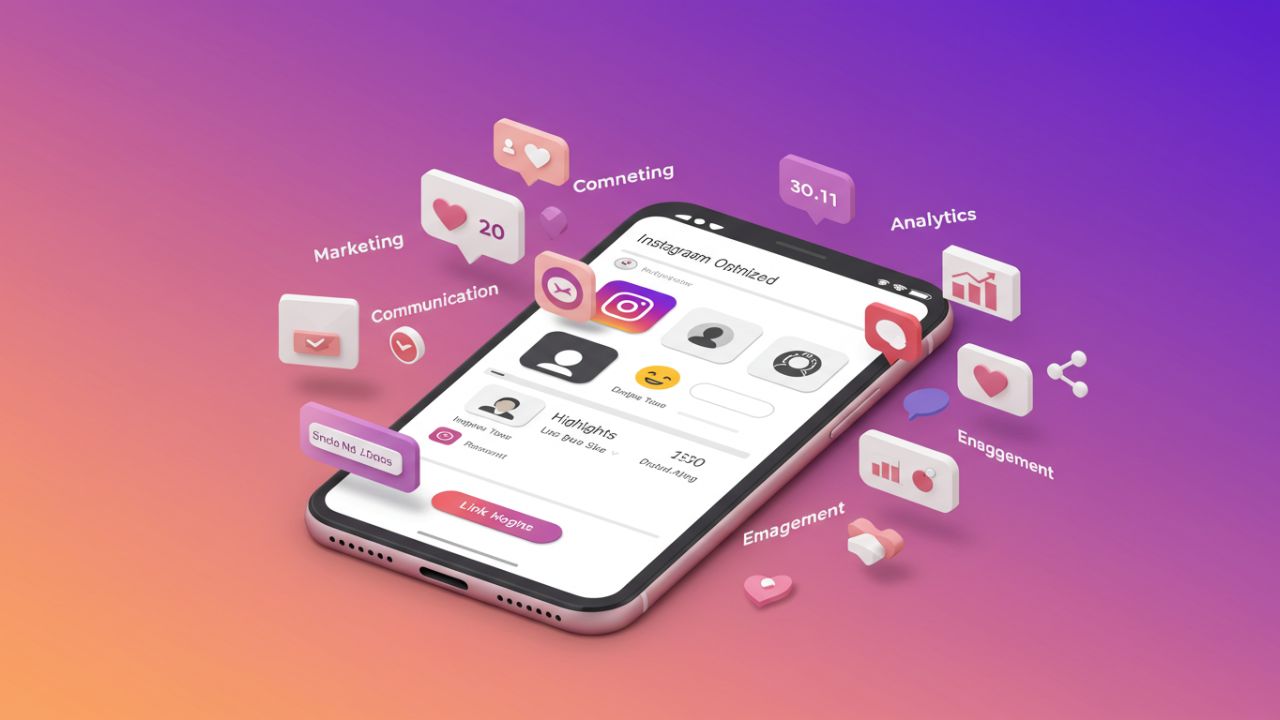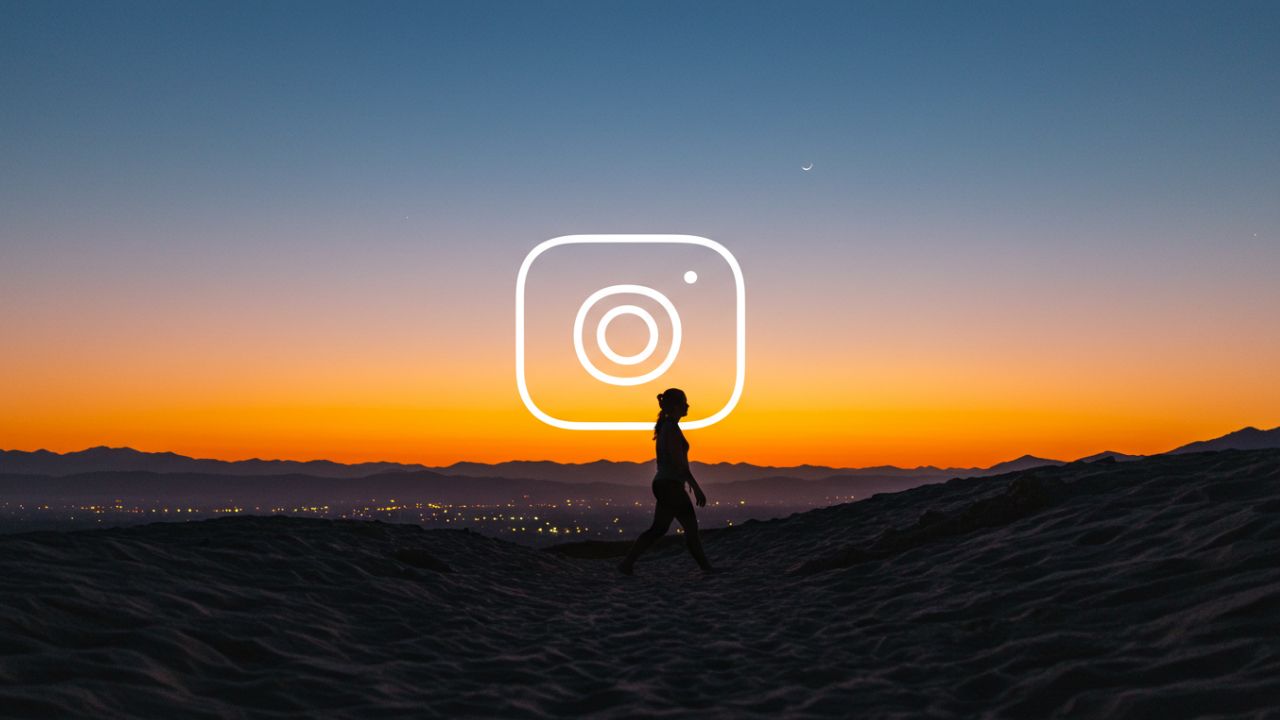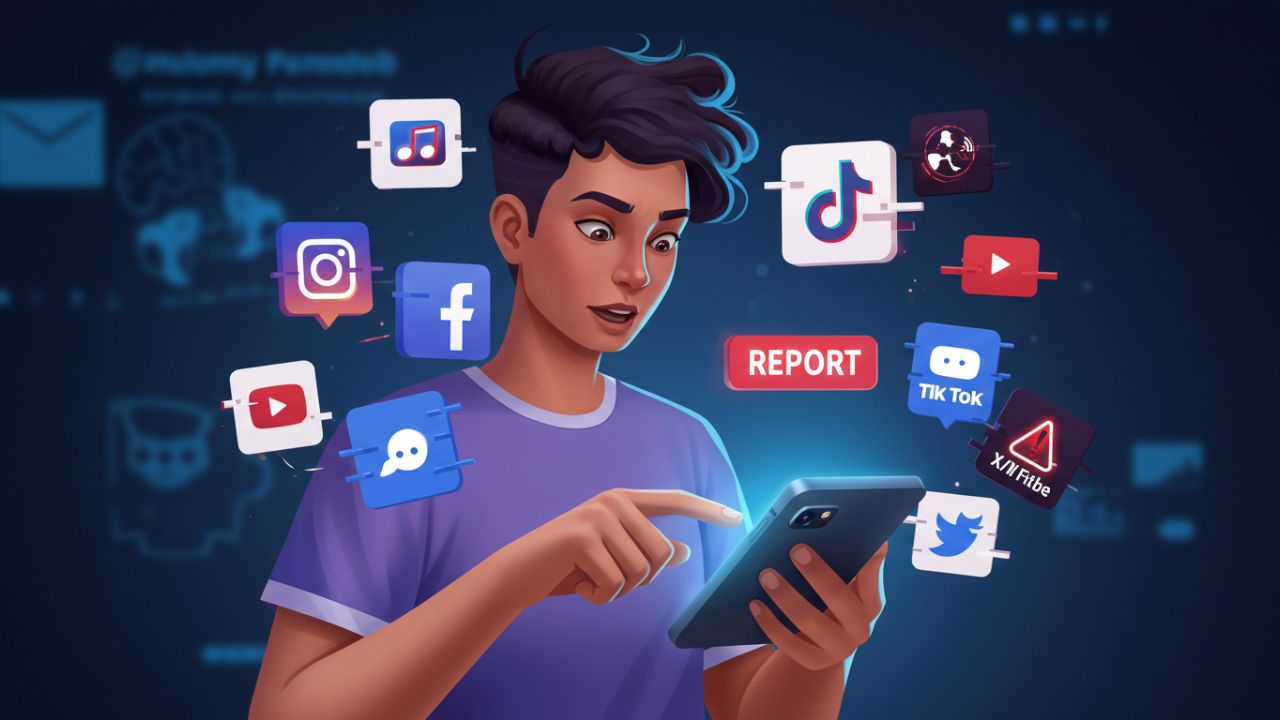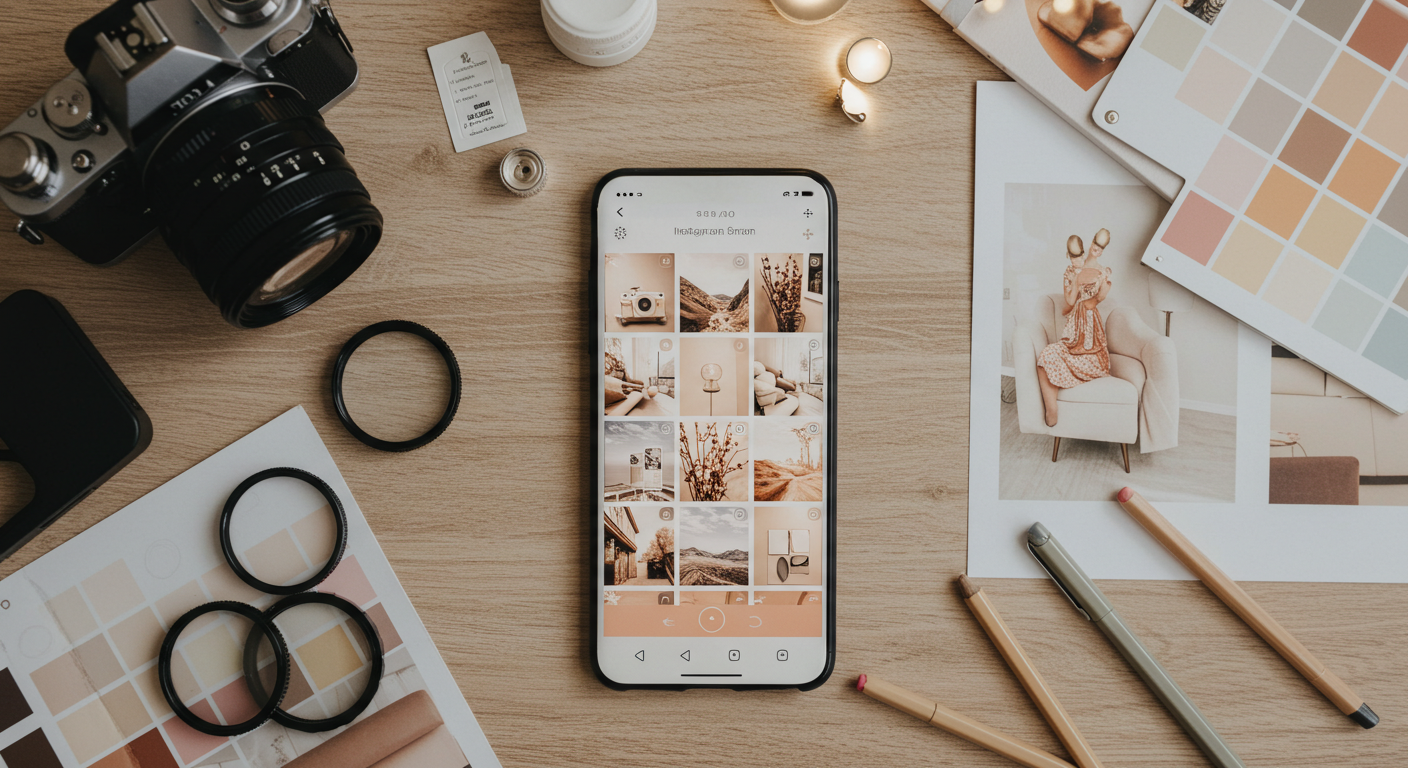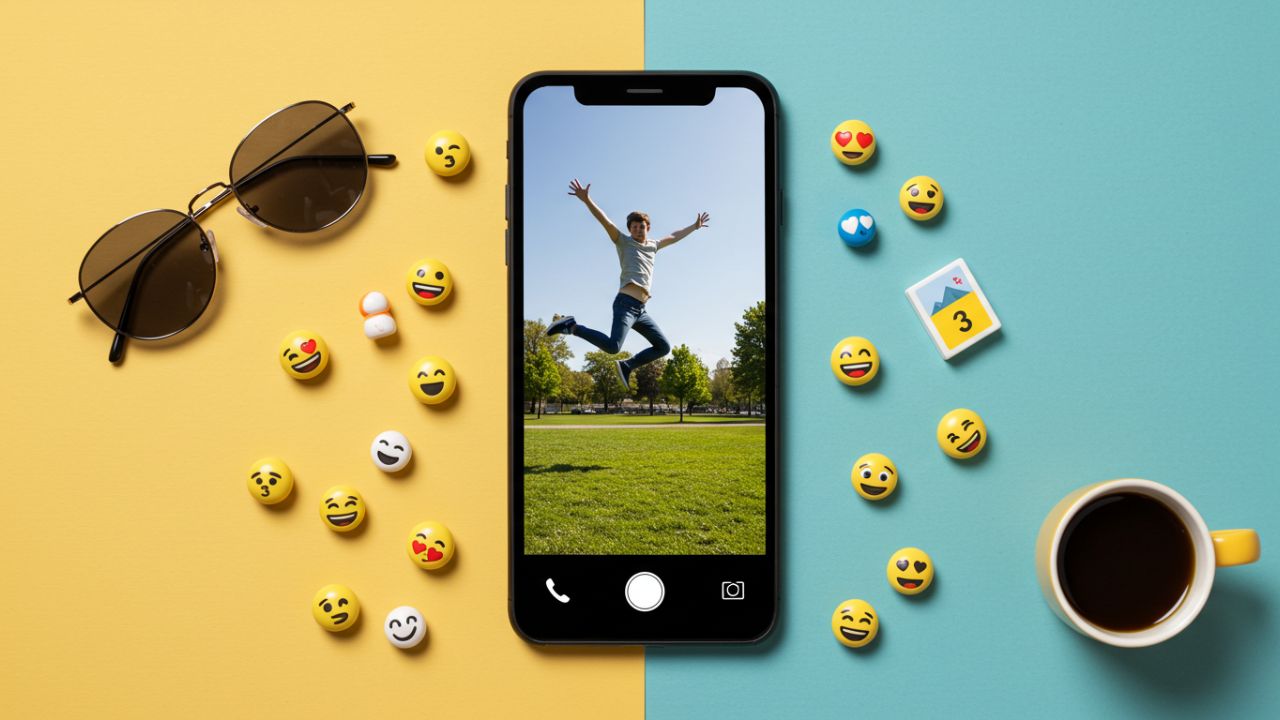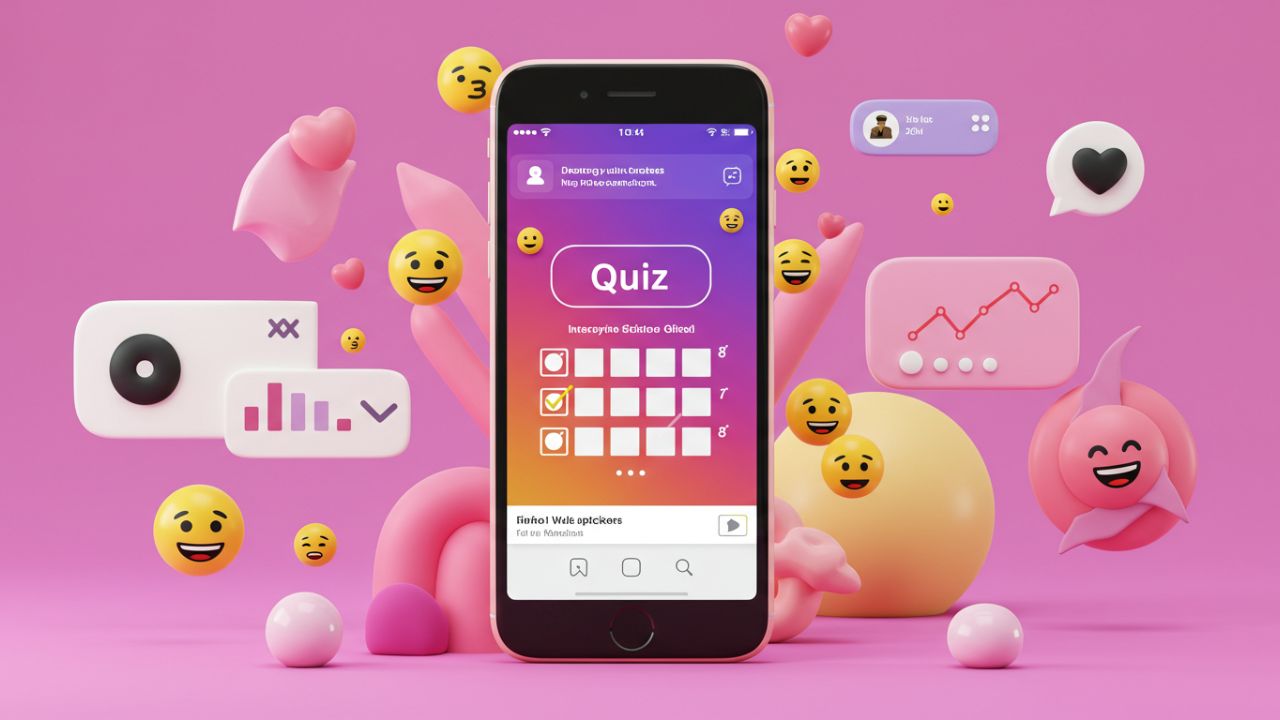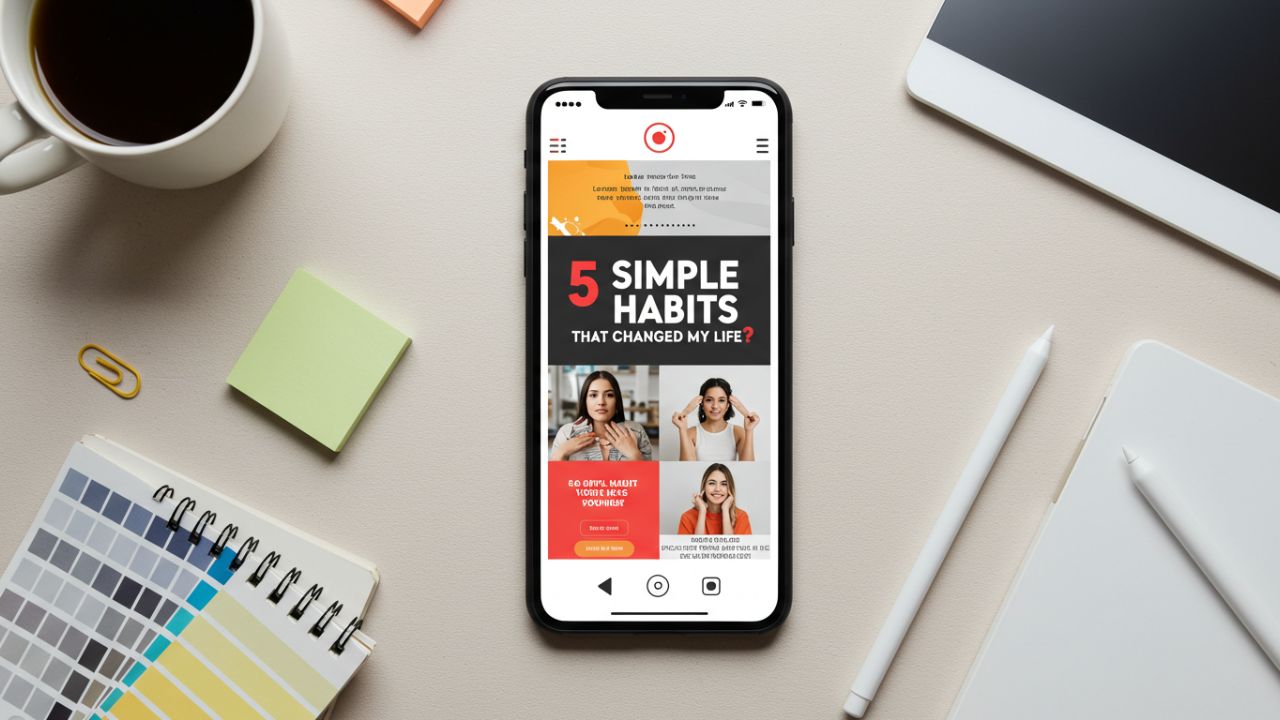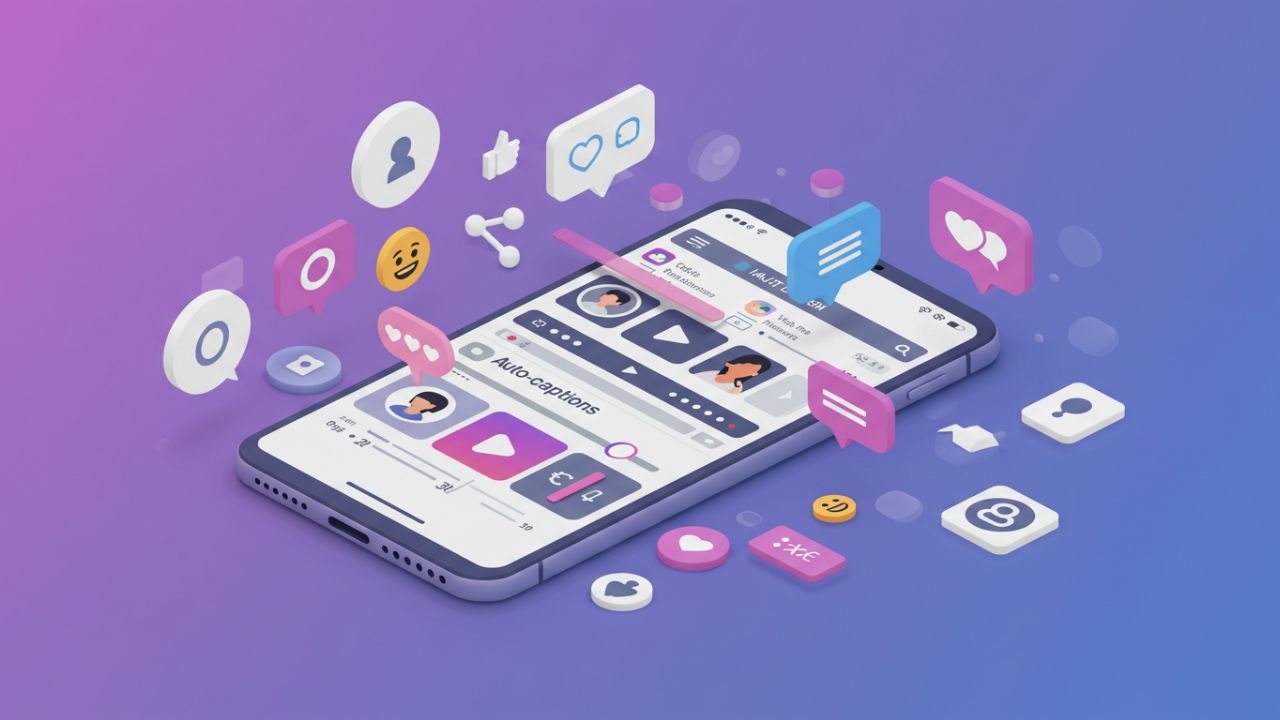In the ever-evolving landscape of social media, Instagram remains a dominant force. With over 2 billion monthly active users, understanding how the Instagram algorithm works can significantly impact your success on the platform. Whether you’re a content creator, business owner, or casual user looking to grow your audience, grasping the mechanics behind Instagram’s content delivery system is essential. This comprehensive guide will demystify the algorithm, explain how it works in 2025, and provide actionable strategies to enhance your reach and engagement.
🤔 What Is the Instagram Algorithm?
The Instagram algorithm is a set of rules and artificial intelligence systems that determine which content is shown to users, and in what order. It aims to personalize each user’s feed, Stories, Reels, and Explore page to show what Instagram believes will be most engaging for them.
🔄 A Brief History of the Algorithm
| Year | Major Change |
|---|---|
| 2010 | Chronological feed introduced |
| 2016 | Algorithmic feed based on engagement introduced |
| 2018 | Stories prioritized by interaction |
| 2020 | Reels launched with focus on discoverability |
| 2023 | Transparency tools launched; users can see why content appears |
| 2024 | AI-driven personalization refined; more control for users |
🌐 Where the Algorithm Works
Instagram does not use a single algorithm. Instead, it employs multiple algorithms tailored to different parts of the app:
- Feed: Based on recent interactions, post recency, and relationships.
- Stories: Prioritizes those from close connections.
- Reels: Focuses on entertaining content, often from non-followed accounts.
- Explore: Curated by user interests and similar behaviors.
- Search: Optimized for query relevance and trending topics.
🤠 Ranking Signals
Each section has unique signals, but they generally revolve around:
- User Activity: Posts liked, shared, commented on, saved.
- Post Information: Type, popularity, time posted, location.
- Interaction History: Frequency of messaging, tagging, viewing stories.
- Device & Session Info: Device type, session length, app usage patterns.
| Signal Type | Feed | Stories | Reels | Explore |
| Likes | ✔️ | ✔️ | ✔️ | ✔️ |
| Comments | ✔️ | ✔️ | ✔️ | |
| Saves | ✔️ | ✔️ | ✔️ | |
| Shares | ✔️ | ✔️ | ✔️ | |
| View Duration | ✔️ | ✔️ | ||
| Hashtag Relevance | ✔️ | |||
| Audio Used | ✔️ | ✔️ |
💡 How to Work With the Algorithm
1. Post High-Quality, Engaging Content
- Use bright images or videos.
- Tell a story.
- Hook your audience in the first 3 seconds of Reels.
2. Consistency Over Frequency
- Aim to post 3-5 times per week.
- Use Stories daily to stay top-of-mind.
3. Maximize User Interaction
- Use interactive stickers (polls, questions).
- Respond to all comments.
- Start conversations in DMs.
4. Utilize All Content Formats
- Mix Feed posts, Reels, Carousels, and Lives.
- Reuse high-performing content with a new twist.
5. Leverage Hashtags and Keywords
- Use a mix of trending and niche hashtags.
- Add keywords in captions and alt-text for accessibility and discoverability.
6. Post When Your Audience is Active
- Check Insights for peak times.
- Schedule posts to hit those windows.
7. Encourage Saves and Shares
- Create educational or motivational content.
- Use strong calls-to-action like “Save this for later!”
🧪 Common Myths Busted
- Myth: Instagram shadowbans accounts that use too many hashtags.
- Reality: Overuse can reduce relevance, but no “shadowban” mechanism exists.
- Myth: Only the first hour of engagement matters.
- Reality: Engagement over time is measured, not just immediately.
- Myth: Business accounts are penalized.
- Reality: No difference in reach between personal and business accounts.
📊 Tools to Track and Adapt
- Instagram Insights (native)
- Later (scheduling + analytics)
- Hootsuite (multi-platform management)
- Metricool (real-time trends)
- Canva (design + content ideas)
✨ The Future of Instagram’s Algorithm
Expect the algorithm to become even more personalized with:
- AI-driven topic recognition
- Better accessibility for creators with small audiences
- More emphasis on original content
- E-commerce integrations influencing visibility
🔧 Final Tips for Beating the Algorithm
- Focus on building community, not hacking the system.
- Quality interactions > vanity metrics.
- Reassess strategy every 3 months.
- Stay up to date with Instagram’s official blog.
Conclusion
Understanding the Instagram algorithm doesn’t require a degree in data science, but it does demand curiosity, consistency, and adaptability. Use this guide to make smarter content decisions and turn the algorithm from a mystery into your marketing ally.

